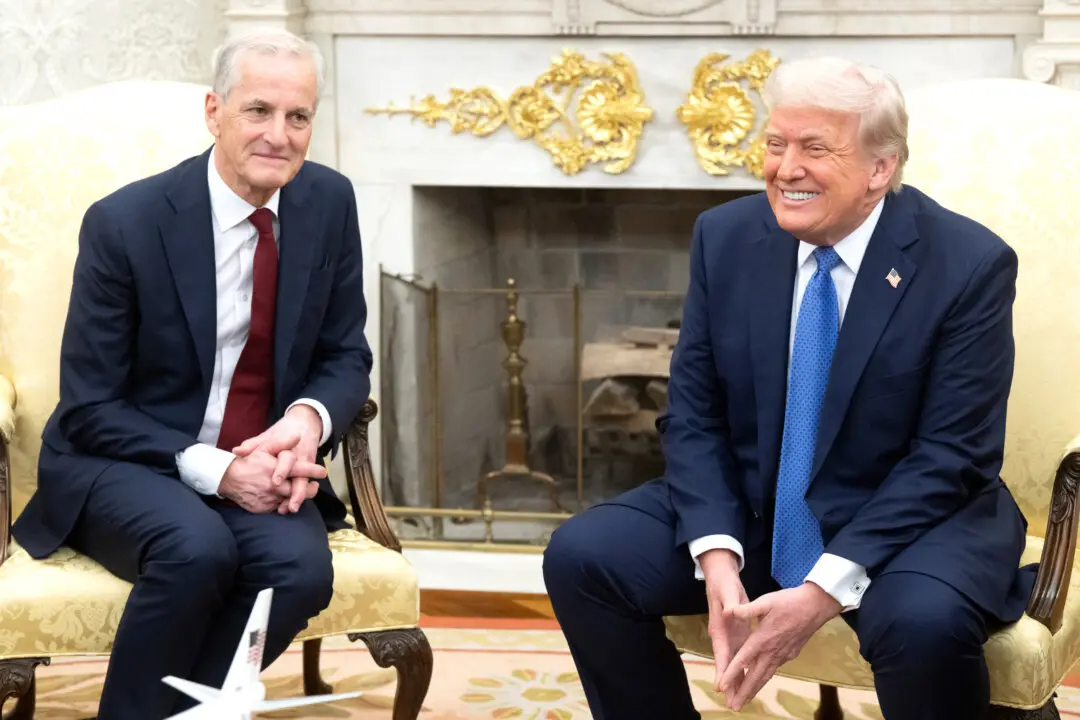WASHINGTON—The U.S. Commerce Department said on Wednesday that more than 460 companies have expressed interested in winning government semiconductor subsidy funding in a bid to boost the country’s competitiveness with China’s science and technology efforts.
The White House is marking the one-year anniversary on Wednesday of President Joe Biden’s signing of the landmark “Chips for America” legislation providing $52.7 billion in subsidies for U.S. semiconductor production, research, and workforce development.





